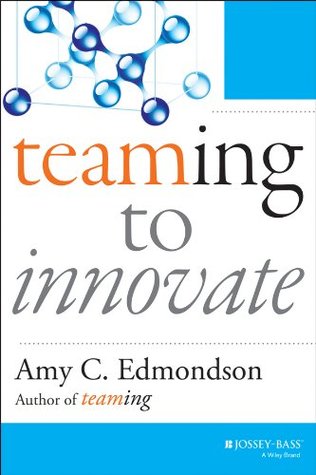More on this book
Community
Kindle Notes & Highlights
Best practice means catching and correcting these small failures before this happens, because, again, small failures will occur in complex, customized work.
Major failures, however, can be prevented through vigilance, good communication, and proactive learning. (For all of these behaviors, of cou...
This highlight has been truncated due to consecutive passage length restrictions.
failing well means tolerating unavoidable process failures in complex systems and celebrating intelligent failures at the frontier of knowledge.
Scientists can’t succeed unless they learn to recognize failure as a step on the path to success.
courage does not mean an absence of fear, but a willingness to act in spite of fear.
Confronting failure means confronting our imperfection.
Traditional management controls emphasize outcome data, which capture results. Execution-as-learning pays just as much attention to process data, which describe how work unfolds.
Reflection is about digging into failures, intelligent or otherwise. It’s an analytic task.
Reflecting on failure is rarely fun, but it’s essential to figuring out the true causes of a failure in order to determine what gets tried next.
high-quality reflection can help avoid predictable failures in subsequent actions.
participants are asked to list five things they would do again, and then to discuss five things they wouldn’t do.
too many messengers—even the most senior executives—are reluctant to convey bad news to bosses and colleagues.
It’s just not possible to diagnose or predict failure when people don’t feel it is safe to express their full thoughts and feelings about the various issues on the table.
The most important barrier to design is a lack of psychological safety.
The human tendency to hope for the best and avoid failure at all costs gets in the way, and organizational hierarchies exacerbate the problem.
Leaders have to help groups avoid the blame game and keep attention focused on what can be learned from the prior action or experiment and what that means for the next one.
Reflection takes skill and patience.
The goal in reflection is to go beyond first-order reasons (procedures weren’t followed) to find second- and third-order explanations for a failure. One way to do this is to use interdisciplinary teams with diverse skills and perspectives.
Leaders who wish to promote innovation must work to create and reinforce a culture that counteracts the blame game and makes people feel comfortable with and responsible for surfacing failures and learning from them.
The leader’s role is to insist on a clear understanding of what happened—


